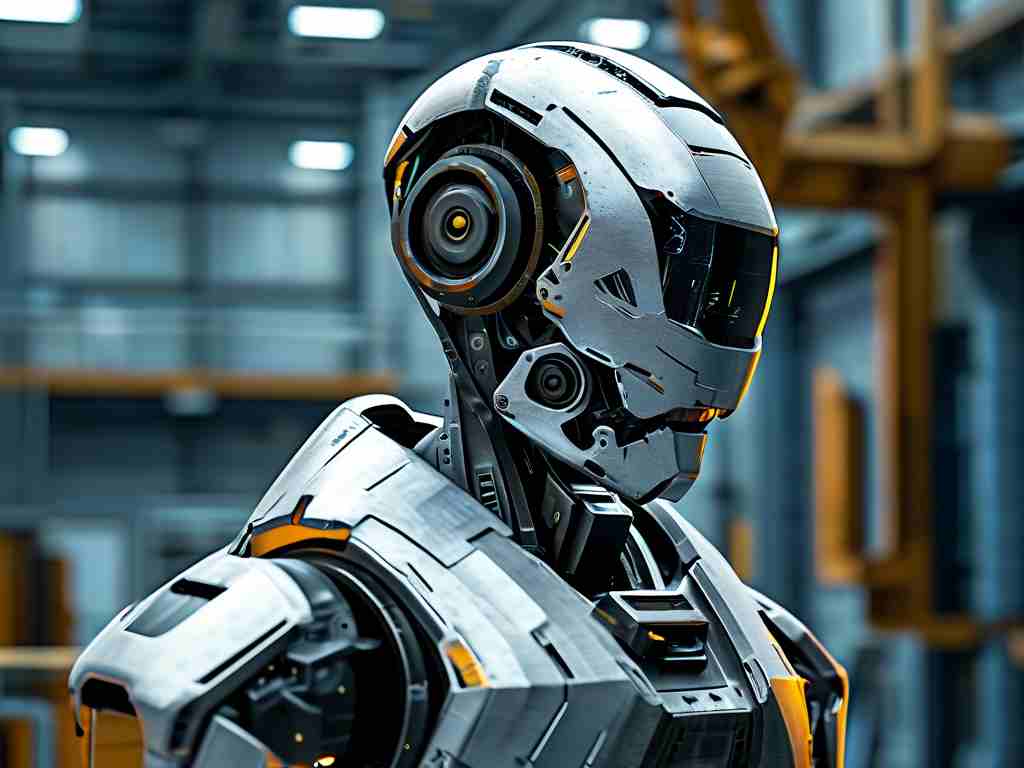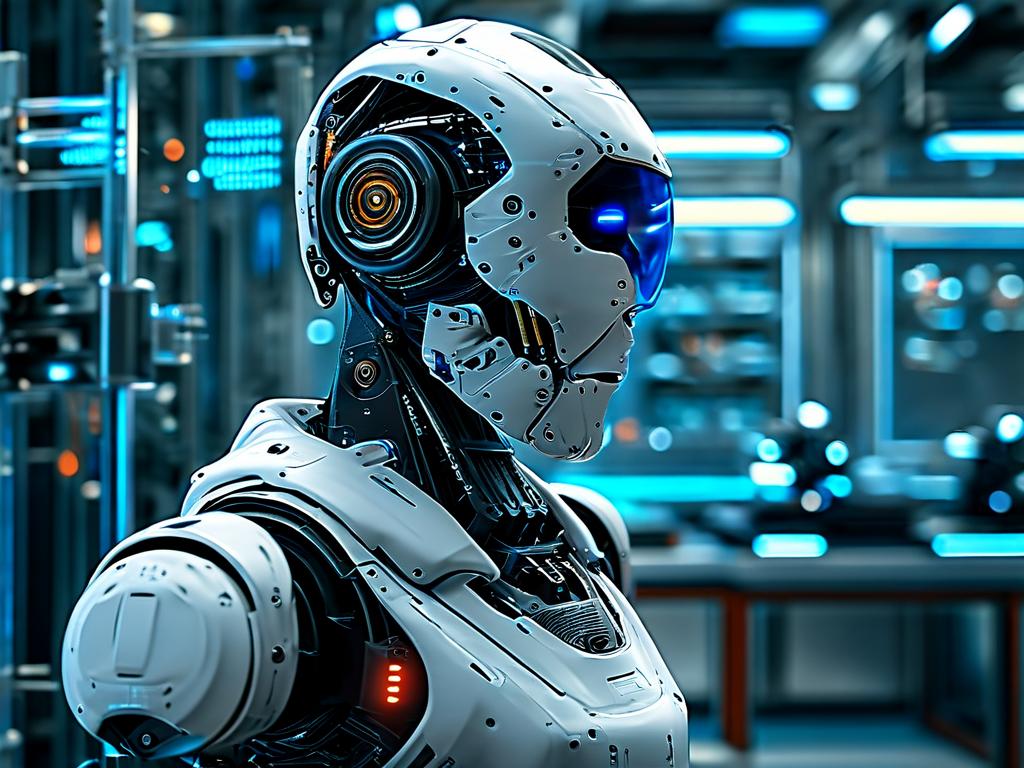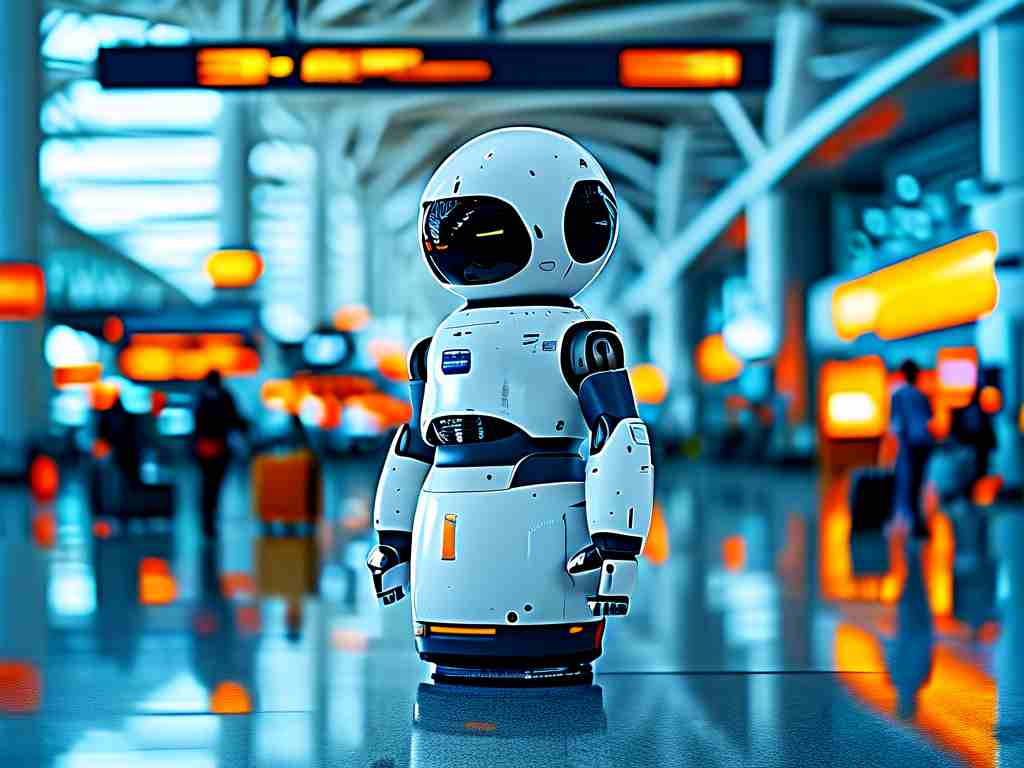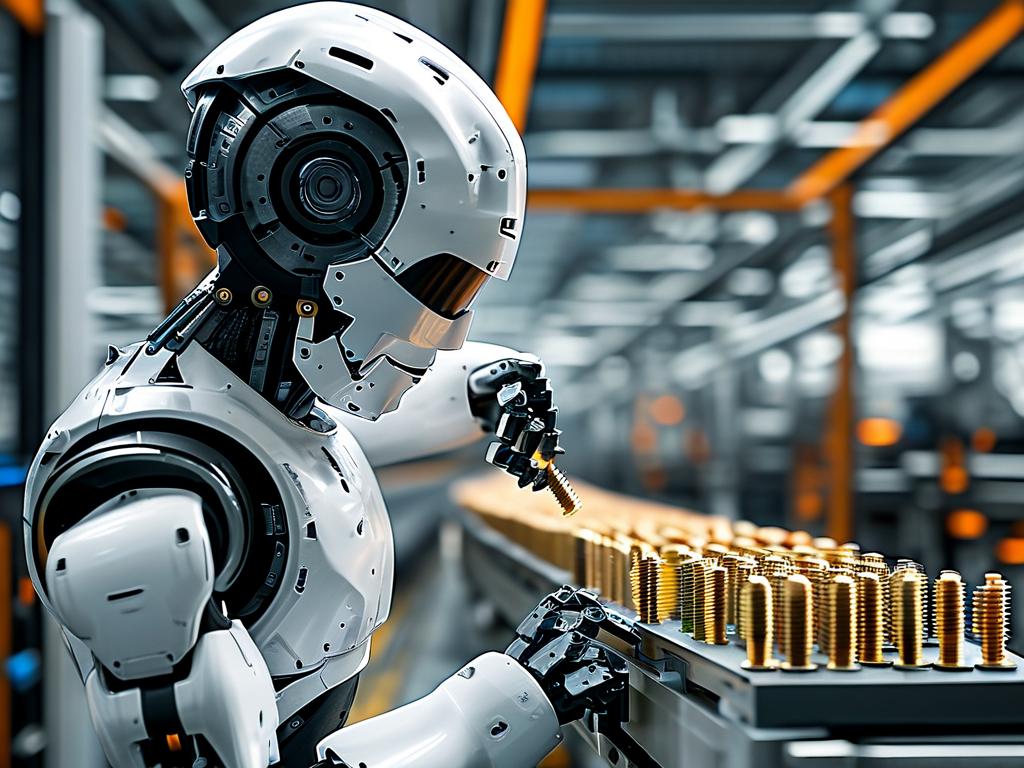In an era where technological advancements blur the lines between science fiction and reality, the fusion of robotics and concealment strategies is reshaping industries from defense to healthcare. Unlike traditional camouflage methods, modern robotic stealth integrates adaptive materials, AI-driven behavior algorithms, and quantum-inspired communication systems to achieve near-perfect invisibility. This article explores the cutting-edge developments in robotic concealment and their implications for society.
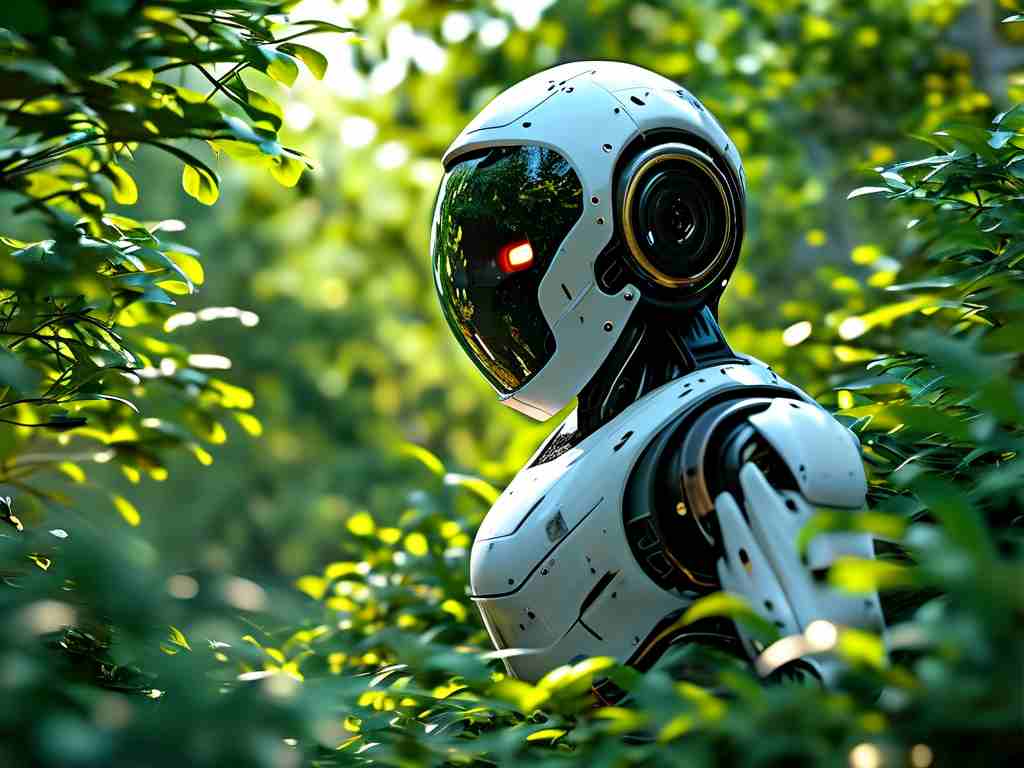
The Science Behind Robotic Concealment
At the core of robotic stealth lies dynamic metamaterials—synthetic structures engineered to manipulate electromagnetic waves. These materials, embedded in robotic exoskeletons, can bend light around objects or mimic ambient textures in real time. For instance, researchers at MIT recently demonstrated a quadruped robot capable of blending into forest environments by analyzing surrounding foliage and adjusting its surface pattern within milliseconds. Such innovations rely on hybrid systems combining LiDAR sensors, neural networks, and shape-memory alloys.
A lesser-known breakthrough involves quantum dot signaling, which enables robots to communicate without detectable radio frequencies. By encoding data in entangled photons, machines can coordinate movements while remaining undetected by conventional scanners. This technology, initially developed for space exploration, is now being adapted for underwater drones used in marine conservation to monitor endangered species without disturbing ecosystems.
Applications Beyond the Battlefield
While military applications dominate public perception, stealth robotics is quietly revolutionizing civilian sectors. In healthcare, micro-robots coated with chameleon-inspired pigment cells navigate human vasculature to deliver targeted cancer treatments. These nanoscale devices avoid immune detection by mimicking white blood cell surface markers—a technique validated in recent clinical trials at Johns Hopkins University.
Urban infrastructure benefits from "ghost maintenance bots" that repair subway tunnels or power grids during off-peak hours. Cities like Singapore deploy these robots to fix electrical faults invisibly, reducing service disruptions. Equipped with noise-canceling actuators and thermal-diffusion coatings, they operate undetected mere meters from commuters.
Ethical Dilemmas and Regulatory Gaps
The rise of undetectable robotics introduces unprecedented challenges. Last year, a security firm in Zurich exposed vulnerabilities in stealth-enabled delivery drones that smugglers exploited to transport illicit goods across borders. This incident sparked debates about embedding mandatory "ethical visibility protocols"—digital signatures that authorized systems can detect while remaining hidden to the public.
Privacy concerns also escalate as camouflaged surveillance robots become commercially accessible. Current laws lag behind technology; the EU’s proposed Artificial Intelligence Act barely addresses covert robotic operations. Experts argue for tiered licensing systems where stealth capabilities correlate with accountability measures, such as blockchain-based activity logs accessible to regulatory bodies.
The Future: Biomorphic Stealth and Beyond
Emerging research focuses on biohybrid robots that combine organic tissues with synthetic components. A team at Caltech recently engineered a robotic jellyfish using genetically modified collagen layers that render it invisible to sonar. Such biomimetic designs could enable environmental monitoring in ecologically sensitive areas without invasive presence.
Meanwhile, DARPA’s "Phantom Cortex" project aims to develop robots that alter their molecular density to pass through solid barriers—a concept once confined to superhero lore. While still theoretical, early experiments with phased matter manipulation show promise. If successful, this could redefine industrial inspection processes by allowing robots to traverse machinery without disassembly.
As boundaries between visible and invisible technologies dissolve, society must balance innovation with oversight. The robots hiding in plain sight today may soon become indispensable partners—if we learn to trust what we cannot see.



